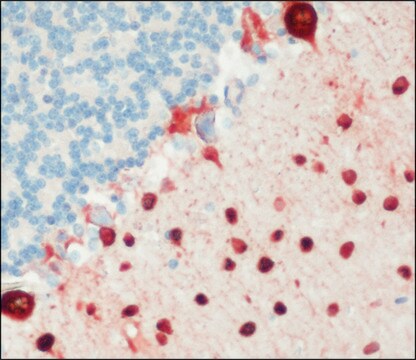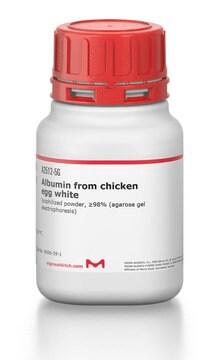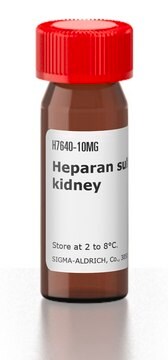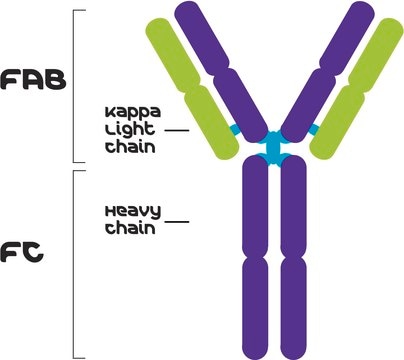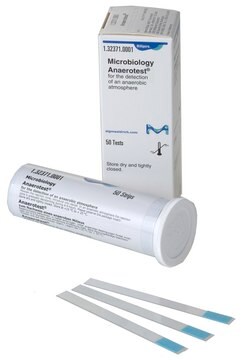A2105
Anti-AP Endonuclease antibody, Mouse monoclonal
clone APEREF, purified from hybridoma cell culture
Synonyme(s) :
Anti-AP lysase, Anti-APE/Ref1, Anti-APE1, Anti-APEN, Anti-APEX nuclease, Anti-APEX1, Anti-Apurinic/Apyrimidinic Endonuclease, Anti-HAP1, Monoclonal Anti-AP Endonuclease antibody produced in mouse
About This Item
Produits recommandés
Source biologique
mouse
Niveau de qualité
Conjugué
unconjugated
Forme d'anticorps
purified immunoglobulin
Type de produit anticorps
primary antibodies
Clone
APEREF, monoclonal
Forme
buffered aqueous solution
Poids mol.
antigen ~37 kDa
Espèces réactives
canine, human, rat, mouse
Concentration
~2 mg/mL
Technique(s)
immunocytochemistry: suitable
indirect ELISA: suitable
microarray: suitable
western blot: 0.5-1 μg/mL using total cell extract of Raji cells
Isotype
IgG1
Numéro d'accès UniProt
Conditions d'expédition
dry ice
Température de stockage
−20°C
Modification post-traductionnelle de la cible
unmodified
Informations sur le gène
human ... APEX1(328)
mouse ... Apex1(11792)
rat ... Apex1(79116)
Description générale
Immunogène
Application
Western Blotting (1 paper)
Actions biochimiques/physiologiques
Forme physique
Clause de non-responsabilité
Vous ne trouvez pas le bon produit ?
Essayez notre Outil de sélection de produits.
Certificats d'analyse (COA)
Recherchez un Certificats d'analyse (COA) en saisissant le numéro de lot du produit. Les numéros de lot figurent sur l'étiquette du produit après les mots "Lot" ou "Batch".
Déjà en possession de ce produit ?
Retrouvez la documentation relative aux produits que vous avez récemment achetés dans la Bibliothèque de documents.
Articles
DNA damage and repair mechanism is vital for maintaining DNA integrity. Damage to cellular DNA is involved in mutagenesis, the development of cancer among others.
Notre équipe de scientifiques dispose d'une expérience dans tous les secteurs de la recherche, notamment en sciences de la vie, science des matériaux, synthèse chimique, chromatographie, analyse et dans de nombreux autres domaines..
Contacter notre Service technique


